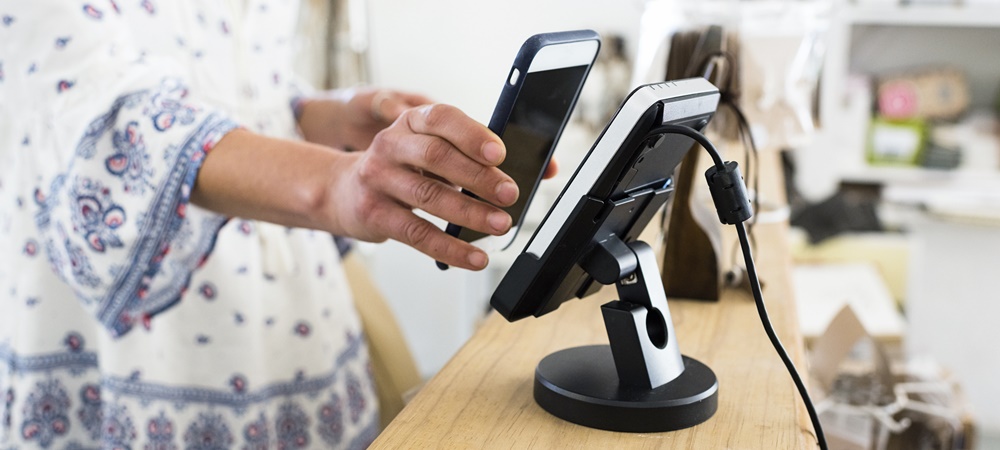Moving towards a cashless society is a relatively recent idea, yet developments in payment technology could one day see Australia become not only cashless but cardless as well.
Research from Roy Morgan shows large numbers of Australians have already embraced cardless payments like mobile, online and buy now, pay later, with 14.5 million consumers aged 14 and over using a digital payment solution in a 12-month period.
Bill payment service BPay is the most used digital payment solution in Australia, with 53 per cent of Australians using it in the 12 months to March 2018, followed by PayPal at 41 per cent.
Buy now, pay later is a growing category, with 6 per cent of Australians using either Afterpay, ZipPay or ZipMoney in the last 12 months.
Roy Morgan CEO Michele Levine said the way consumers pay is evolving quickly as tech companies, financial institutions and start-ups compete to develop the most frictionless payment experiences for consumers. This is not just beneficial for consumers—digital payment methods also provide retailers with rich data on what shoppers are purchasing, how they’re purchasing, and where.
Levine said businesses will need to adapt as the technology continues to change.
“Innovative new technologies will change the way in which we make payments, not just in-store or online but even paying for a tradesperson or health service. The New Payments Platform (NPP) allows payments to be instant and frictionless,” she said.
“People will come to expect the minimum amount of effort when making a payment and the industry will need to adapt to these changing expectations by providing more innovative and seamless solutions. Traditional financial institutions may need to collaborate with fintechs and other third parties to keep up with the rapidly changing digital payment landscape.”
A cardless future?
As the technology continues to develop, Levine said it is possible Australia will one day be a cardless, as well as cashless, society.
“It is already feasible for someone to go about their daily activities without the need for a physical wallet or card. This is being aided by the growing proliferation of smartphones and wearables with integrated payment technology, such as Apple Pay and Google Pay, and an increasing number of financial institutions enabling their customers to make payments with these devices.”
While only 6.1 per cent of all Australians currently use these payment methods, this number is nearly double in the 25-34 age group.
As with any new technology, Levine said the take-up of new payment methods is not uniform and that it is about knowing what your shoppers want.
“Being too early can be even more dangerous than leaving it too late. The critical issue is matching your customer’s expectations, desires and current needs.”
Sign up to the RetailBiz newsletter.

